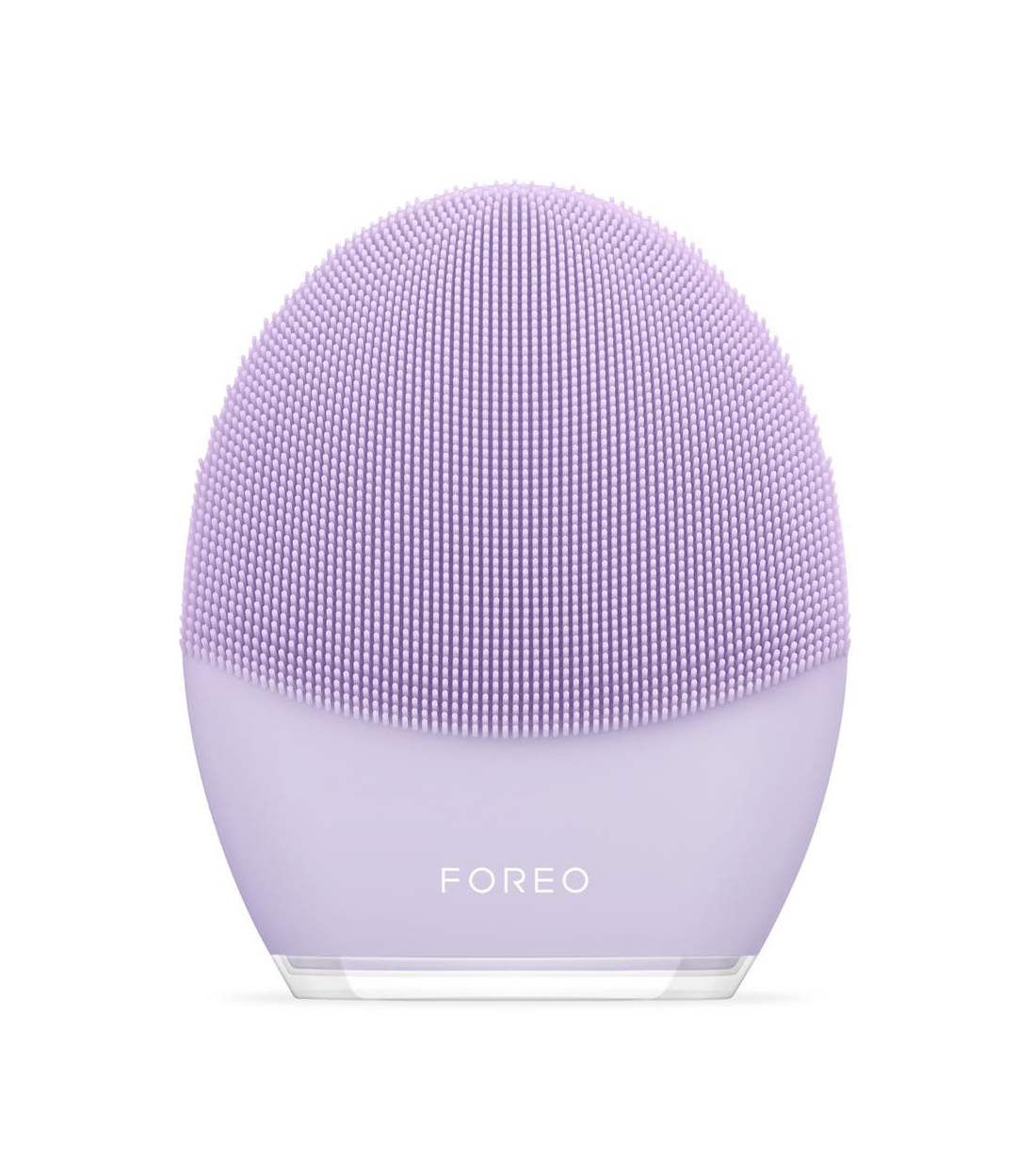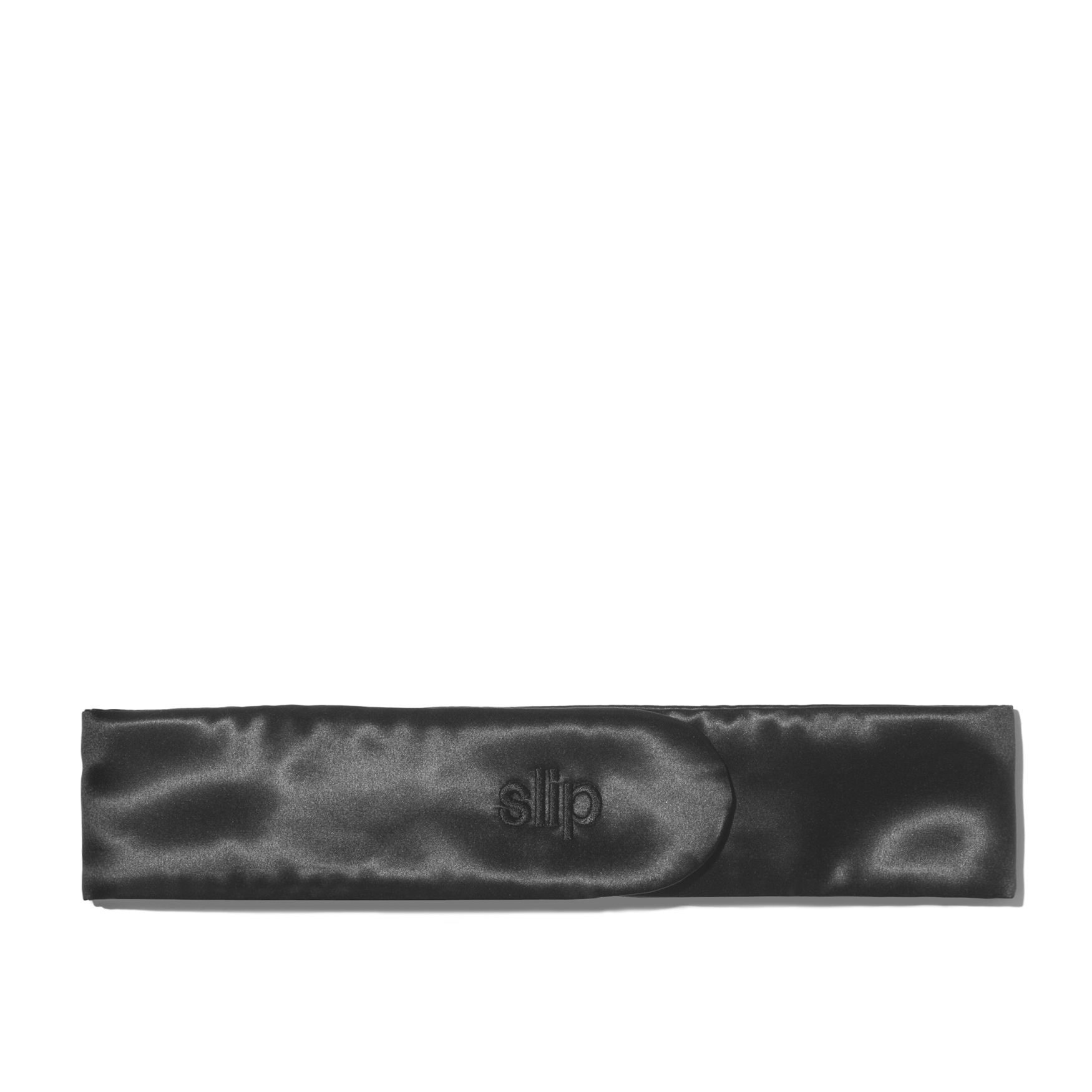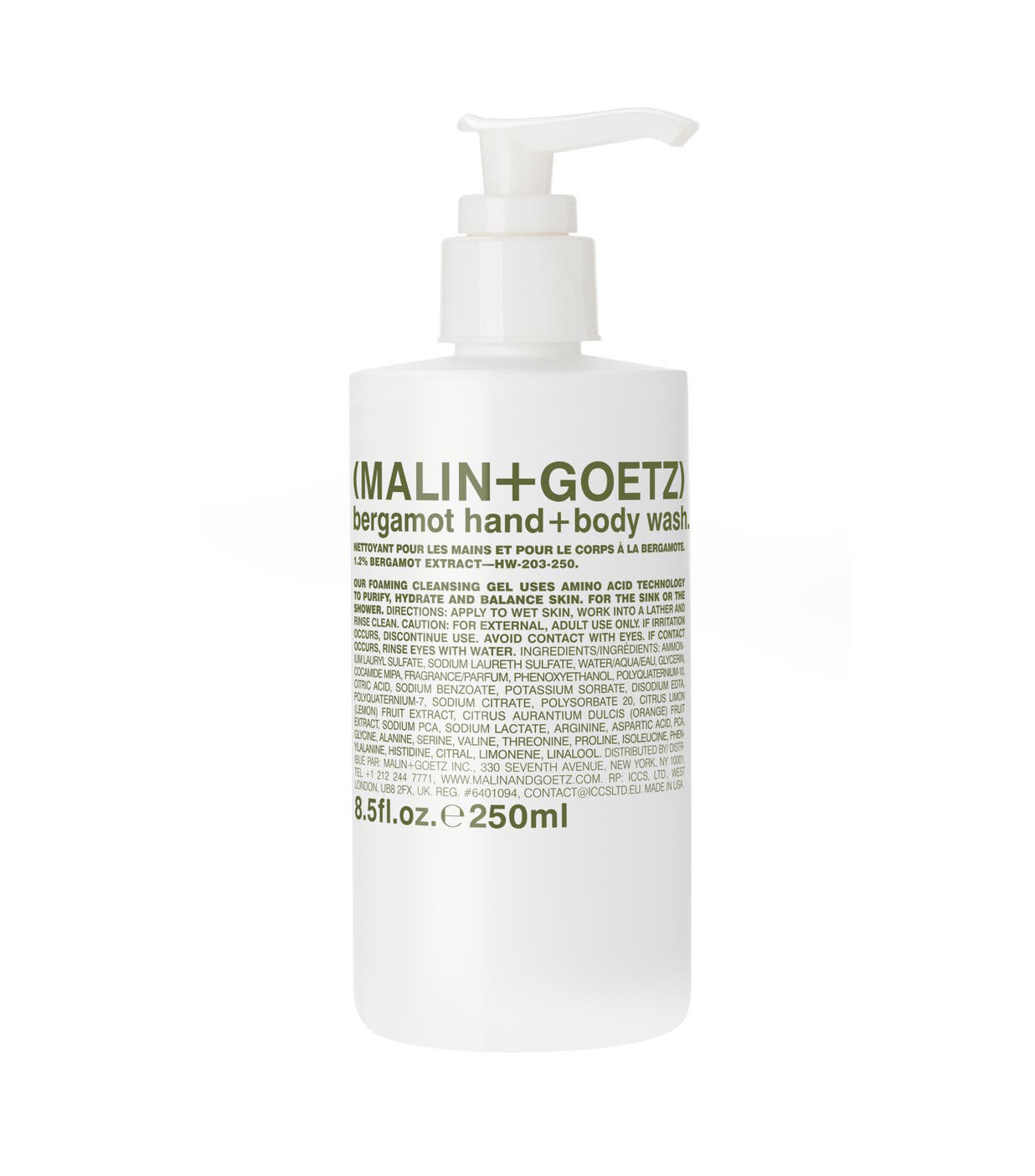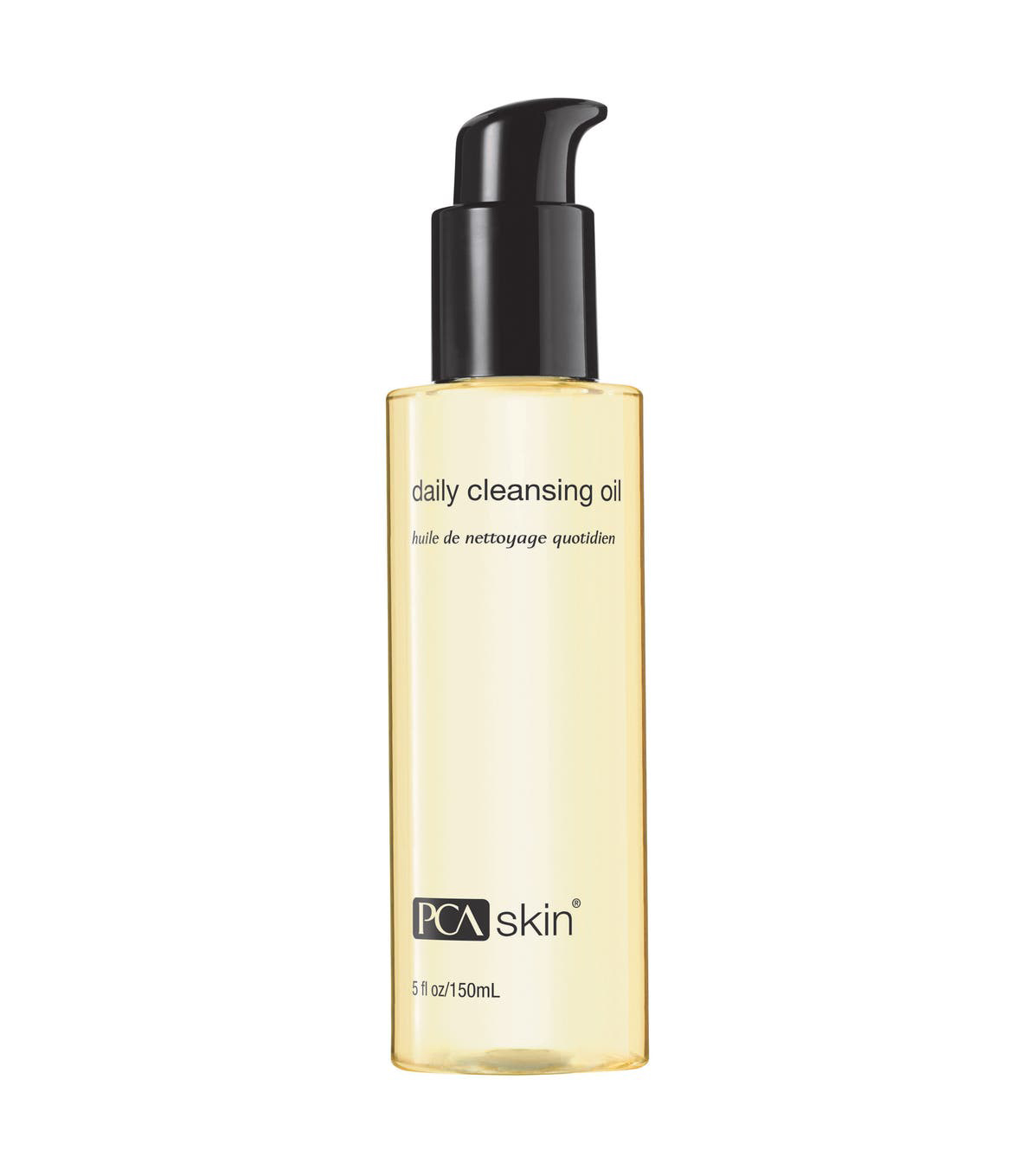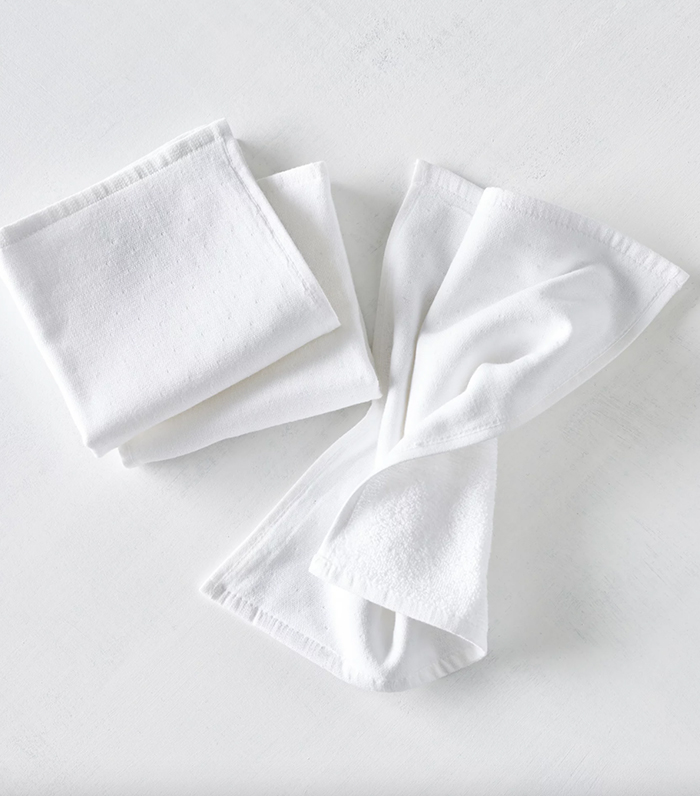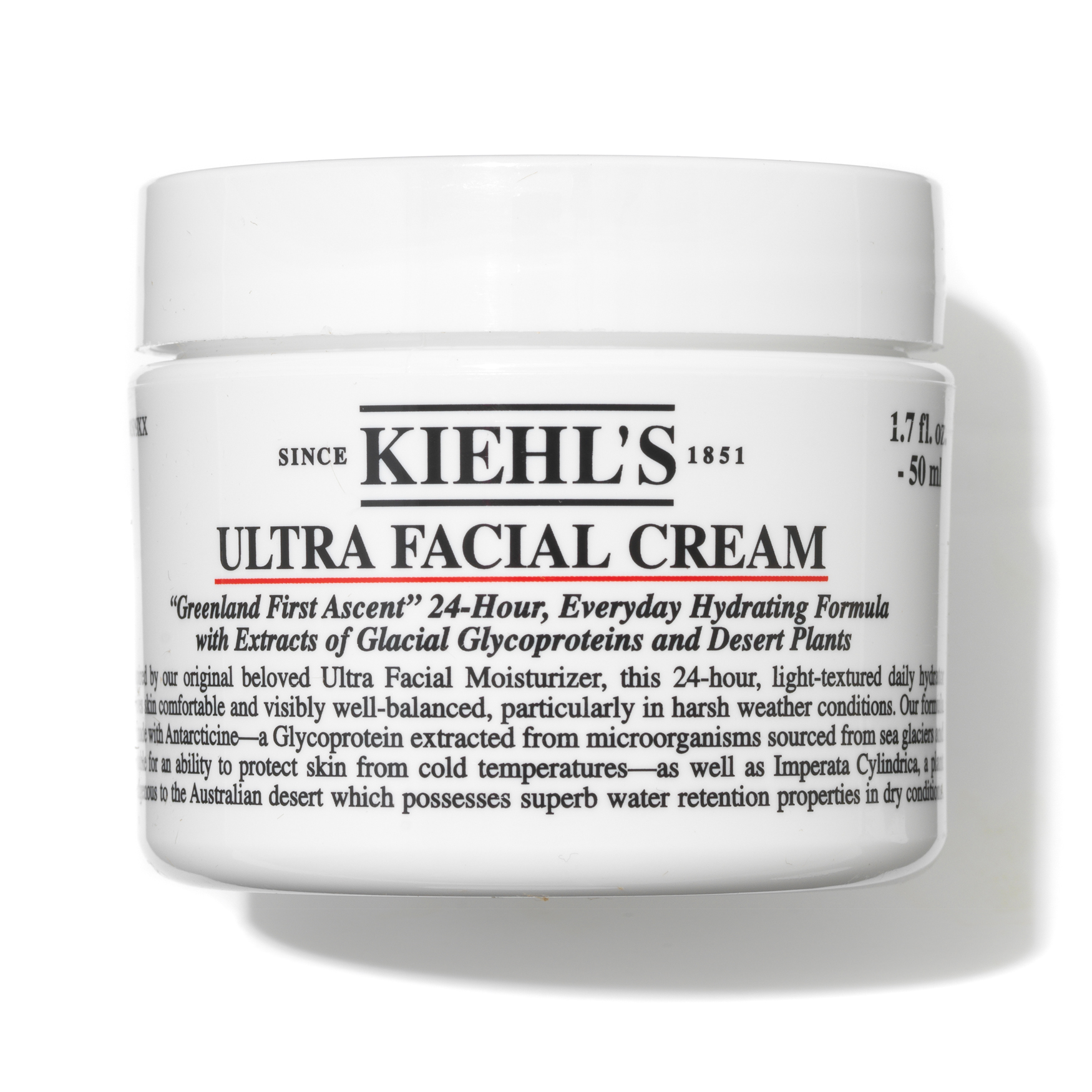Yes, There Is a Right Way to Wash Your Face—Here's Your Step-by-Step Guide
Let's talk about something you've probably been doing most of your life but maybe haven't given much thought to because it's (hopefully) an everyday thing. I'm talking about washing your face. I know we put a lot of emphasis on the best skincare products, but do you ever wonder if you're using them correctly? I mean, you can have the most expensive products on your vanity and still might not reap the full benefits because you're not following the right steps.
So back to the whole face-washing thing. Are you doing it correctly? I asked the experts for some best practices, and it turns out the first thing you have to do is make a routine and stick to it. "The first step in washing your face properly is getting in the mood and setting the vibe," says dermatological nurse and celebrity aesthetician Natalie Aguilar. "Don't wait until you are too tired to wash your face that you end up not washing your face. You want this to be one of the best moments of your day, the part that starts and ends your day."
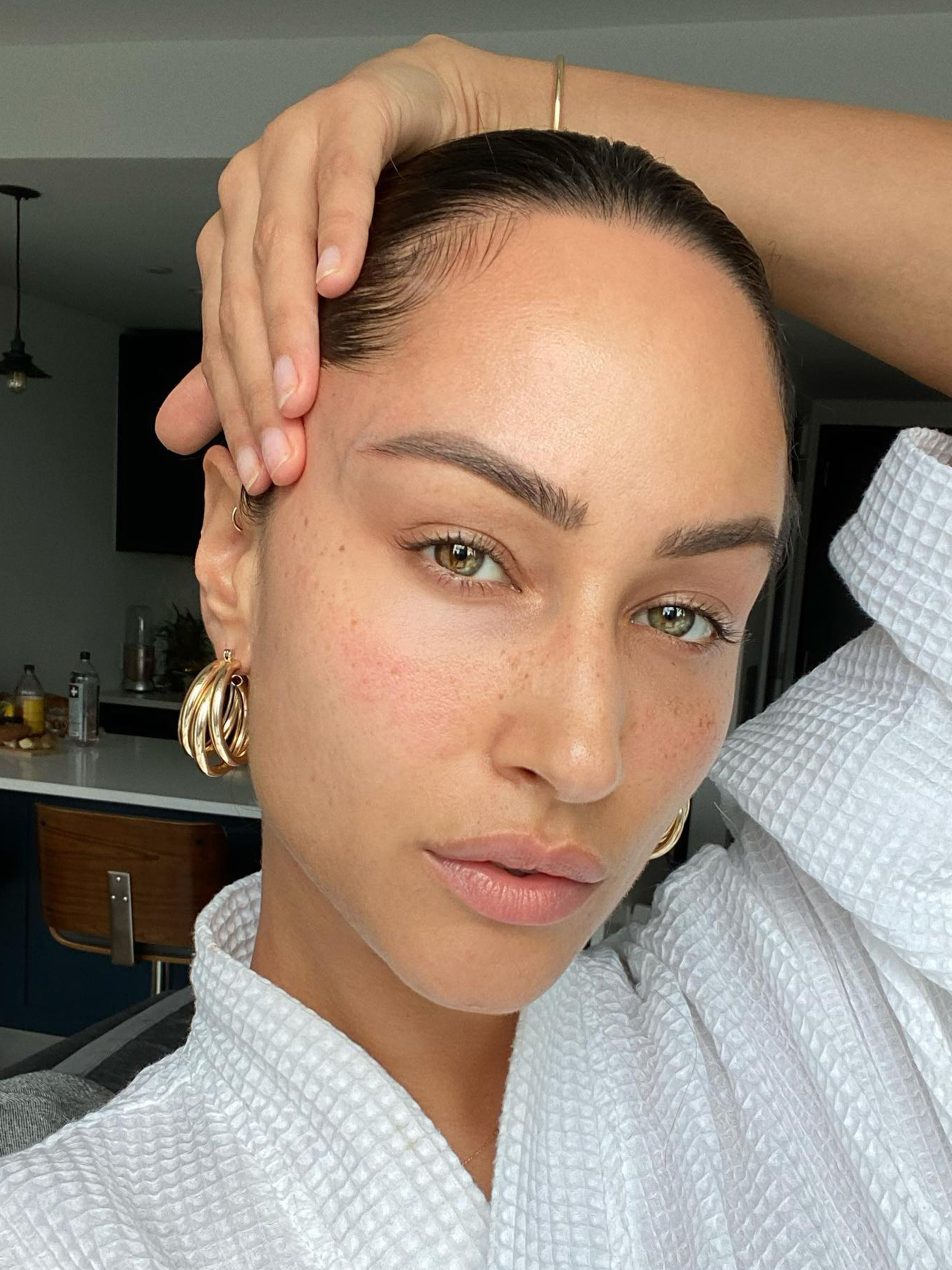
Next comes the age-old question: When do I wash my face? Most of the experts say you should be washing it morning and night. "Twice a day is optimal—morning and evening," says SkinSpirit lead aesthetician Karen Fernandez. "Your morning cleanse can be lighter while the evening one needs to really remove the makeup and grime from the day." She also adds that in some cases, you might want to wash your face more than once a day. For example, if you exercise in the middle of the day, you'll definitely want to cleanse your sweaty skin.
Now, if you don't want to wash your face twice a day, make sure that you wash it at night, at least. Corey L. Hartman, MD, FAAD, and founder of Skin Wellness Dermatology, says that's nonnegotiable. "Everyone should wash their face at night. You want to ensure that makeup, oil, dirt and debris from the environment around you are washed away before you lay on your face all night long," Hartman says. "Going to bed with a dirty face is a recipe for disaster, meaning acne, irritation or infection in some extreme cases. If you do not have overly oily skin, you may be able to get away without cleansing in the morning when you wake up. However, if you use heavy overnight creams, or wake up with your skin feeling heavy or greasy, it's best to wash your face. You won't do any harm by washing your face both in the morning and at night if you use the right products."
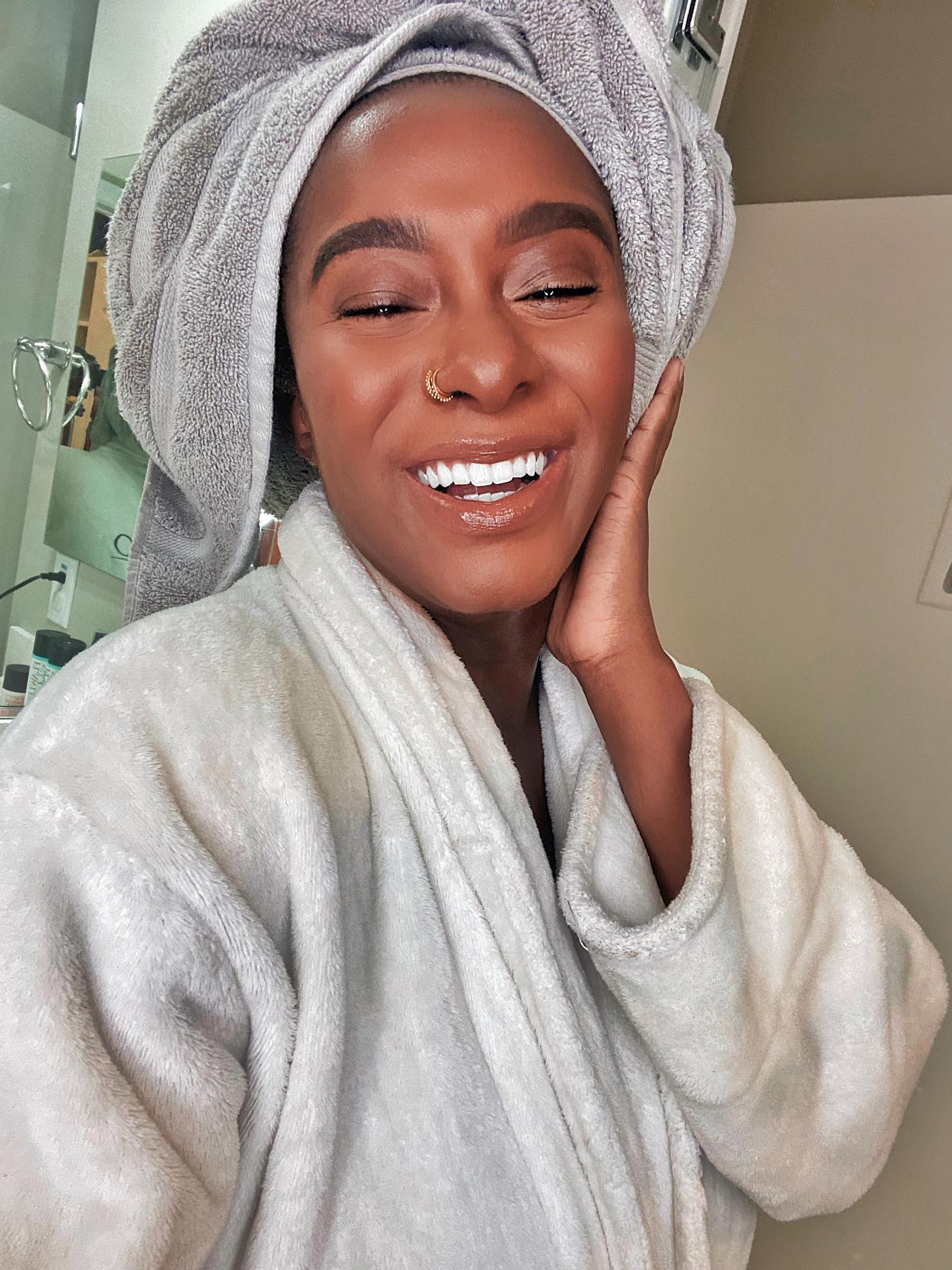
Your skin type doesn't really determine how you should wash your face because the steps are pretty much the same for everyone. But it will determine which products you should and shouldn't use. "Those with dry and/or sensitive skin should stick to creamy and/or hydrating cleansers," recommends Joyce Imahiyerobo-Ip, MD, FAAD, owner of Vibrant Dermatology and SkinBar MD. "If you have oily skin, I recommend using a cleansing gel or a foaming cleanser." I'll go into more detail about product recommendations later in this article.
But over-washing or not washing effectively are possibilities, especially if you have dry or oily skin, respectively. So you'll want to keep that in mind. "Individuals with sensitive skin can more easily overwash or over-exfoliate with abrasive cleansers, leading to irritation," explains Ope Ofodile, MD, MPH, cosmetic and medical dermatologist at Dermatology and Surgery Specialists of North Atlanta (DESSNA). "Those with oily skin may need a more consistent routine with stronger products. Ask your board-certified derm for recommendations based on your specific skin type."
And as for those popular (and sometimes pricey) face brushes and tools, they're not really necessary. Aguilar says the best tool you can ever have is your hands. Sometimes, if tools and brushes aren't used correctly, they can cause damage. But if you do want that squeaky-clean feeling, you want to be mindful of how often you use them. "Facial brushes can be a nice addition to your cleansing routine but don't need to be used daily," Hartman says. "In fact, overusing them can lead to stripping your skin of essential oils, which can lead to increased acne, dryness or irritation. Using them one to two times a week for an additional deep clean is a good way to go."
Make sure you're cleaning the brush after every use, and if you have a removable brush head, you should change it every three months or sooner if the bristles break or fall off. And when using the brush, Hartman recommends using very little pressure so you don't over-exfoliate.
Step-by-Step Guide to Washing Your Skin
Now that you know some face-washing basics, you might be wondering how to actually do it. So I asked the experts for a step-by-step guide, which they outlined below.
1. Pull your hair back: You don't want strands to get in the way.
2. Wash your hands: "Do not wash your face with dirty hands!" Hartman warns.
3. Use lukewarm water: "Make sure the water is not hot. Otherwise, it can dry out skin," Ofodile says.
4. Wet your face depending on the product: "Depending on your cleanser, you either apply your cleanser first or you wet your face first," Aguilar says. "If using a balm or oil, you apply it directly to your skin and massage in light, circular motions. If using a foaming cleanser, you should wet your face first (like you are rinsing it) and lather a dime size of cleanser in between your palms until you get a nice foamy consistency. You should cleanse your skin for 30 seconds to a minute."
5. Gently massage in the cleanser: "Circular motions with medium pressure are best—focus on problem areas like the T-zone," Fernandez says. She also says don't forget the hairline, jawline, and even behind the ears and down the neck.
6. Time to rinse: "Rinse your hands clean of your cleanser and wet them with water, and then rub the water in upward motions all over your face," Hartman says. For thicker cleansers, remove with a damp muslin cloth or flannel.
7. Dry your face: "After cleansing, it's best to pat your skin dry with a clean towel designated for your face and not your body," Aguilar says. "Don't rub hard. I prefer to use soft, white cotton towels that are gentle on our skin. White towels often reveal any traces of dirt or makeup left on the skin after cleansing."
8. Apply other skincare: "Apply your active ingredients to your face—acne meds, serums," says Imahiyerobo-Ip. "Then, apply a hydrating moisturiser."
It's worth noting that if you're wearing a lot of makeup or your face is really dirty, you might want to consider doing a double cleanse. "Before adding water to your face, use an oil-based cleanser to wash off your face," Hartman says. "Clean and dry your face, and then use a water-based cleanser to remove any remaining oil and debris."
There are some common mistakes to avoid, too. "Some common mistakes I see are clients not lathering appropriately, being too aggressive, not cleansing for a sufficient amount of time, not using enough cleanser and rinsing with hot water. Most cleaners should be massaged throughout the face, neck and chest for at least a minute," Aguilar says.
Cleansers to Shop Based on Your Skin Type
Since you know all the dos and don'ts of washing your face, you might be wondering what the best cleansers are for your specific skin type. Take a look at some options and tips below for more info.
For Normal Skin
Kathleen S. Viscusi, MD, FAAD, FACMS, co-founder and partner at Dermatology and Surgery Specialists of North Atlanta (DESSNA), recommends looking for gentle and nourishing ingredients like amino acids, ceramides and gentle botanical blends.
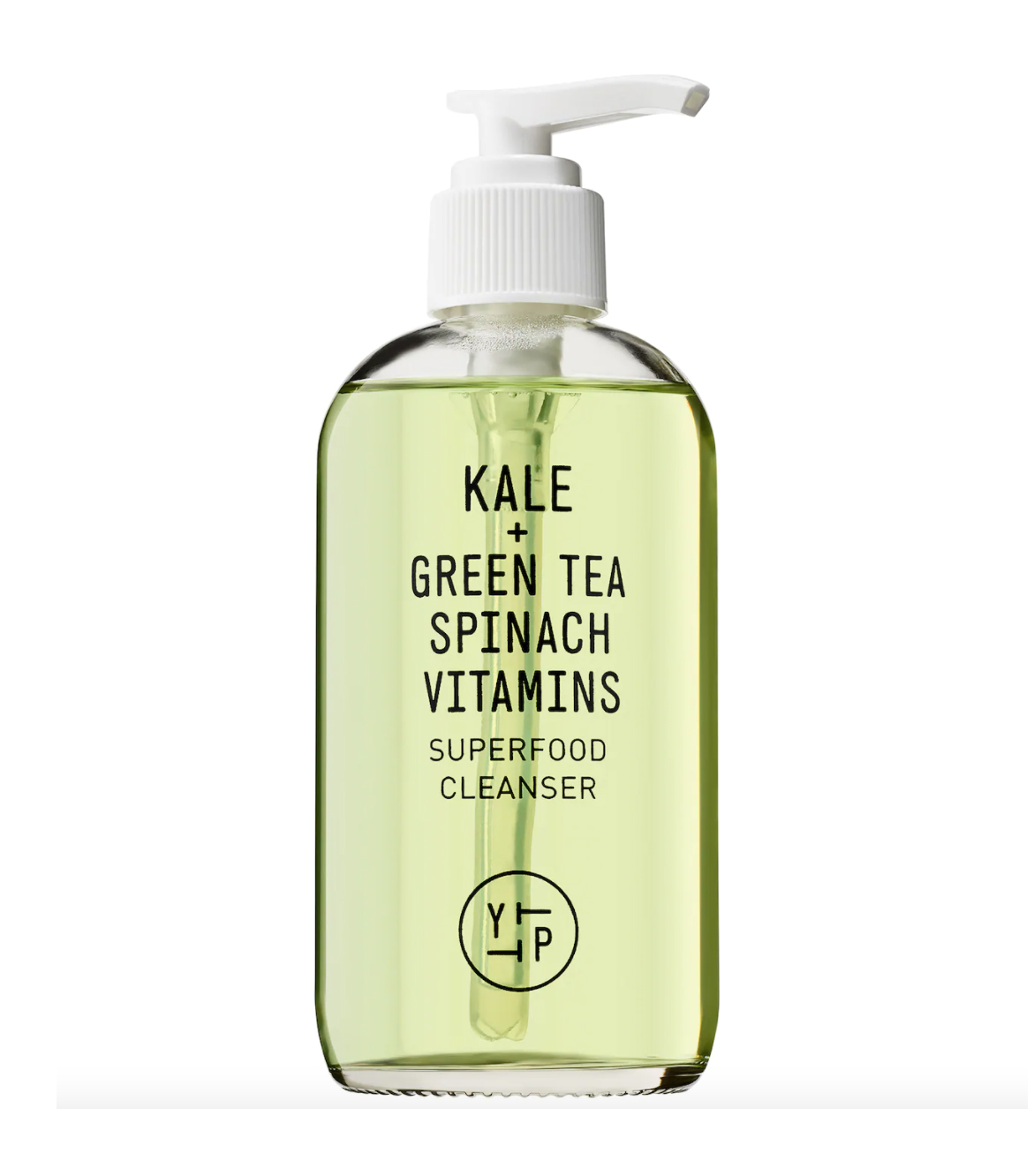
This gel cleanser is packed with superfood ingredients—kind of like the ones you would find in a green juice. We're talking ingredients like kale, spinach and green tea.
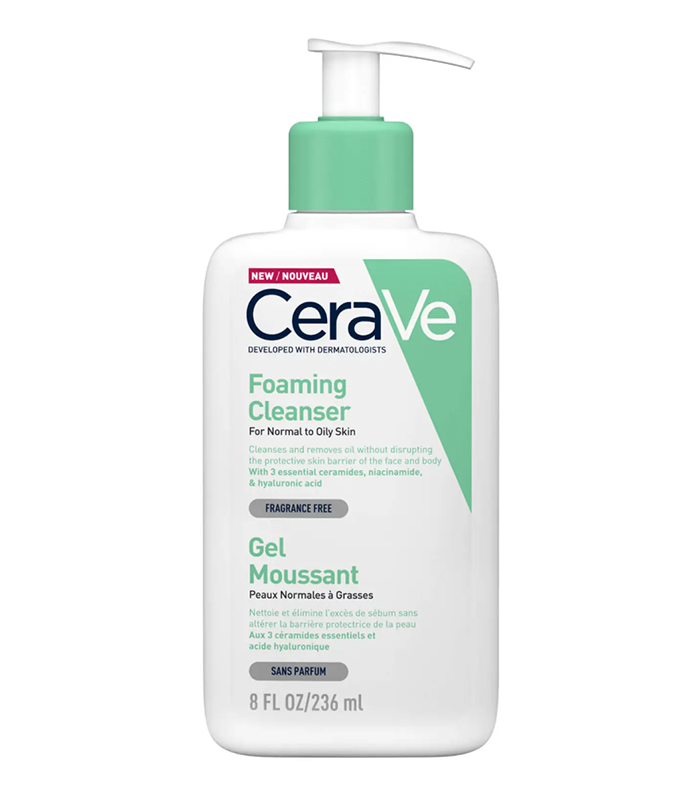
CeraVe's daily cleanser is a big drugstore favourite and works well on normal to oily skin types. It's powerful enough to remove oil, dirt and makeup but gentle enough for everyday use.
For Combination Skin
"If you have combination skin, a gel cleanser is a great choice. It will cleanse without stripping and will help moisturise the skin," Hartman says.
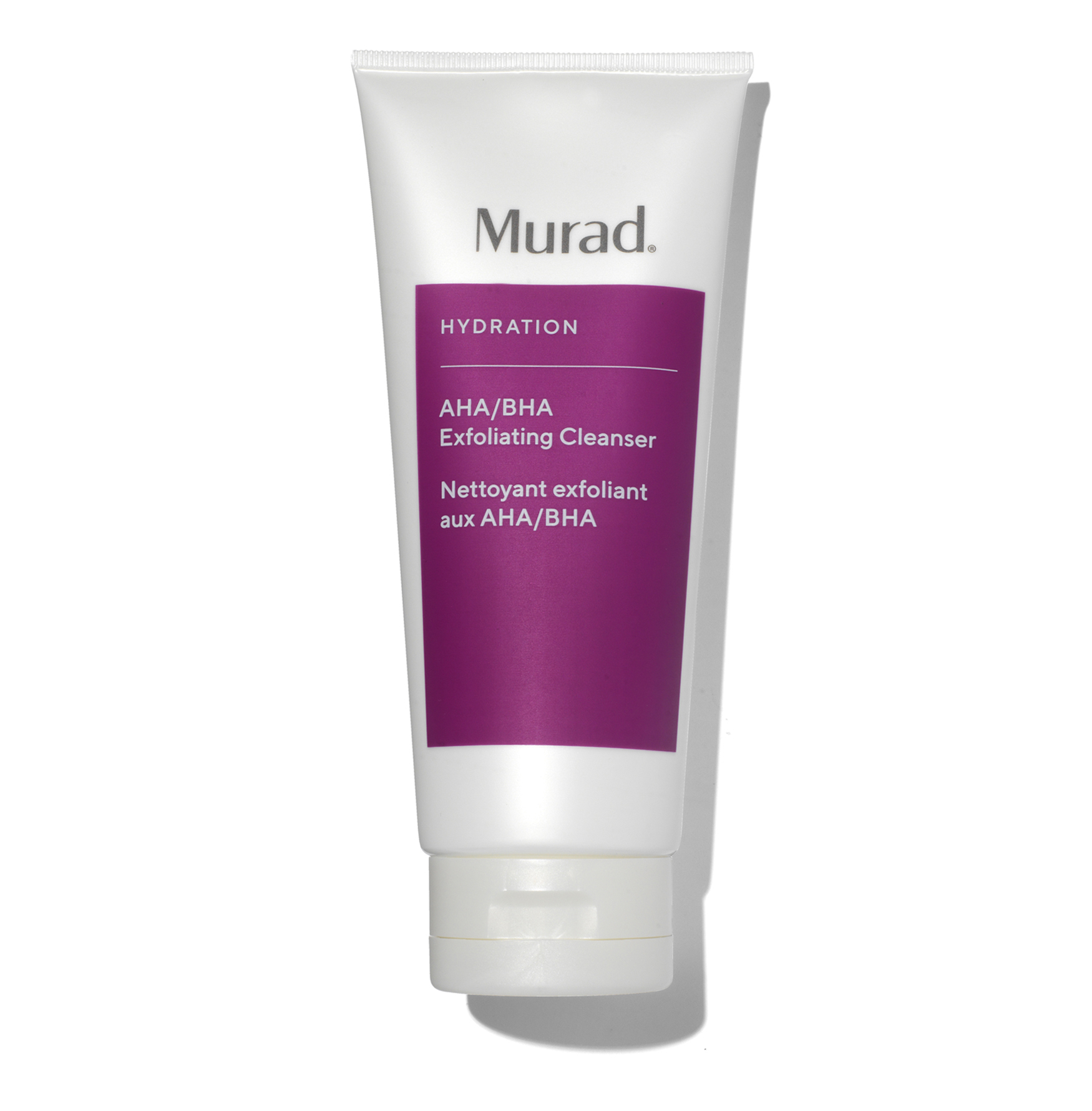
Use this cleanser once or twice a week to counteract excess oil production and congestion. It contains a blend of salicylic, lactic and glycolic acids to unclog pores, prevent breakouts and leave skin glowing.
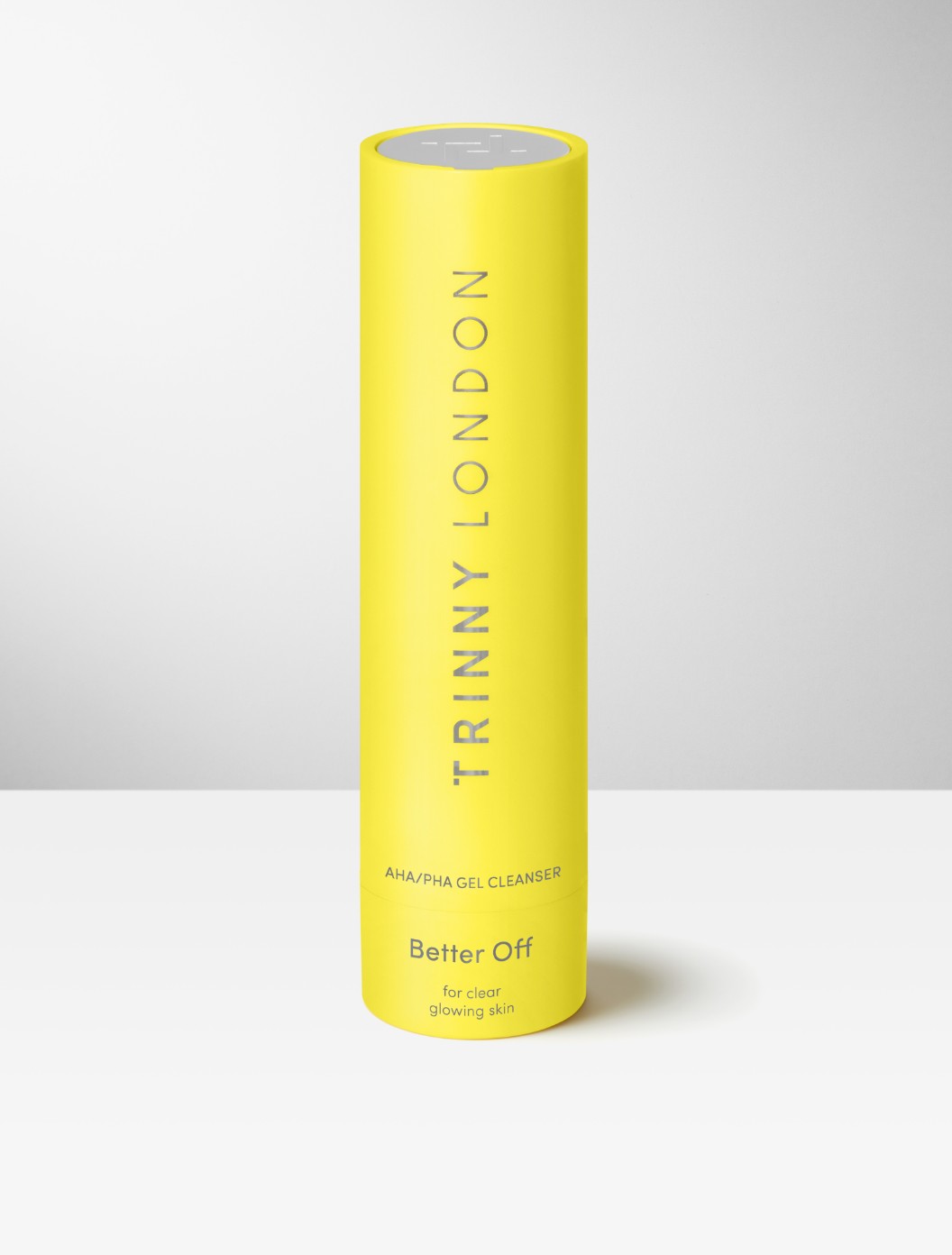
Trinny London's gel cleanser is formulated with polyhydroxy acid, which both exfoliates and moisturises, as well as glow-boosting AHA.
For Oily and/or Acne-Prone Skin
"A foaming cleanser is also a good choice for acne-prone skin because it lessens the chance of irritation—the foaming bubbles cleanse more of the skin than your hands do," Hartman says.
Viscusi also suggests trying a salicylic acid–based cleanser because she says SA is the gold standard for treating blackheads, whiteheads and excess oils. It also prevents breakouts, exfoliates and soothes active breakouts.
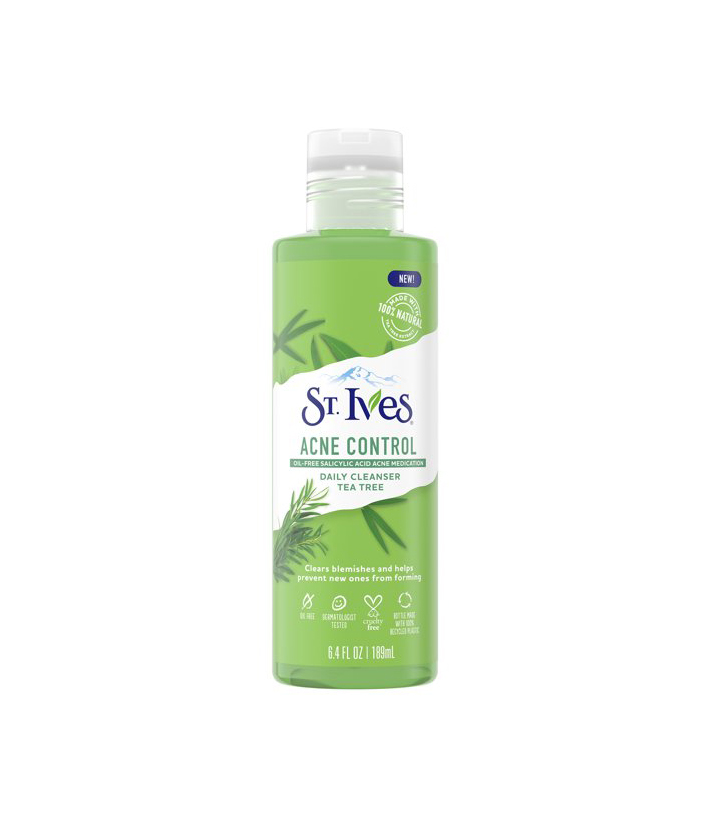
"If you have mild comedonal acne, I recommend a cleanser that has salicylic acid. My favourite one is St. Ives's Acne Control acne wash. I love this product because it contains humectants like glycerin, which prevent it from being too irritating or drying," says Imahiyerobo-Ip.
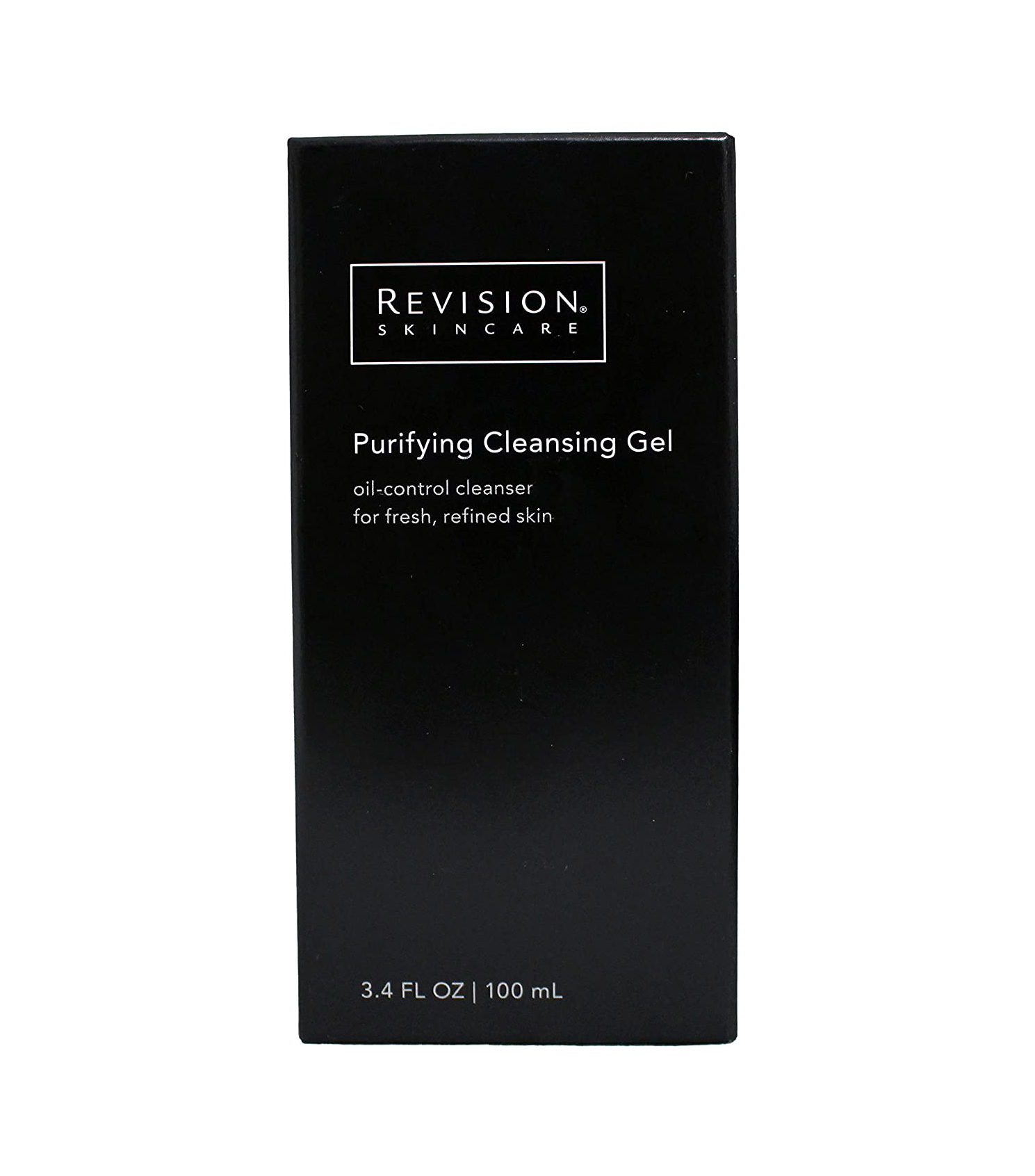
This is one of Viscusi's go-to salicylic acid cleansers. "The super-concentrated formulation deeply cleans pores and removes oil and impurities, and lactic and salicylic acids exfoliate and clarify the skin," she explains.
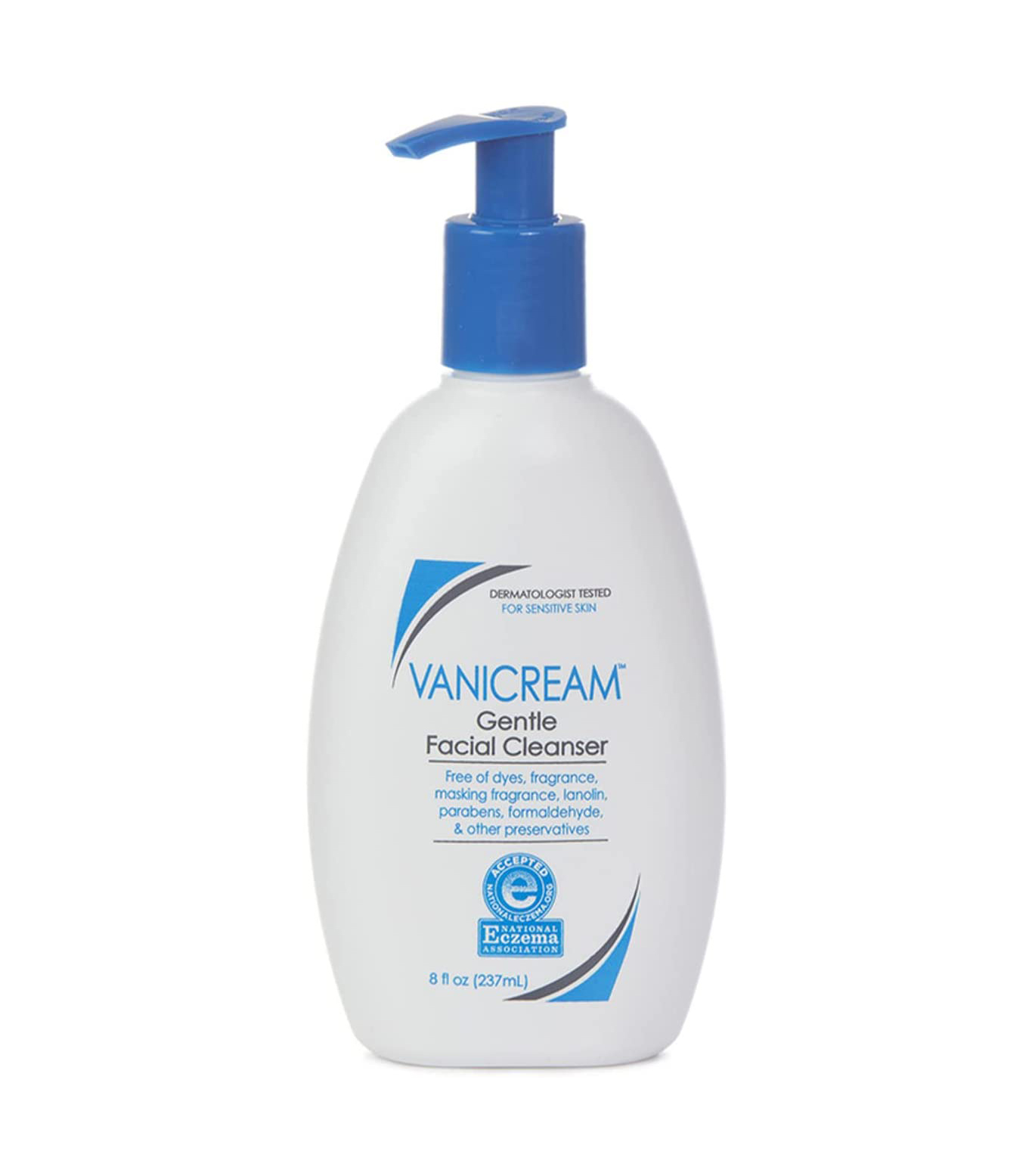
"If you are using prescription acne medications, then a gentle cleanser is best," says Imahiyerobo-Ip. "My favourite cleanser for everyday use and for those on strong acne medicines is something like Vanicream's Gentle Facial Cleanser."
For Dry Skin
"For dry skin, look for a cleanser geared toward sensitive skin. You also want to look for moisturising ingredients like hyaluronic acid, ceramides or glycerin," Hartman says. "Gel cleansers or cream cleansers are good choices for dry skin because they bring less chance of drying out the skin."
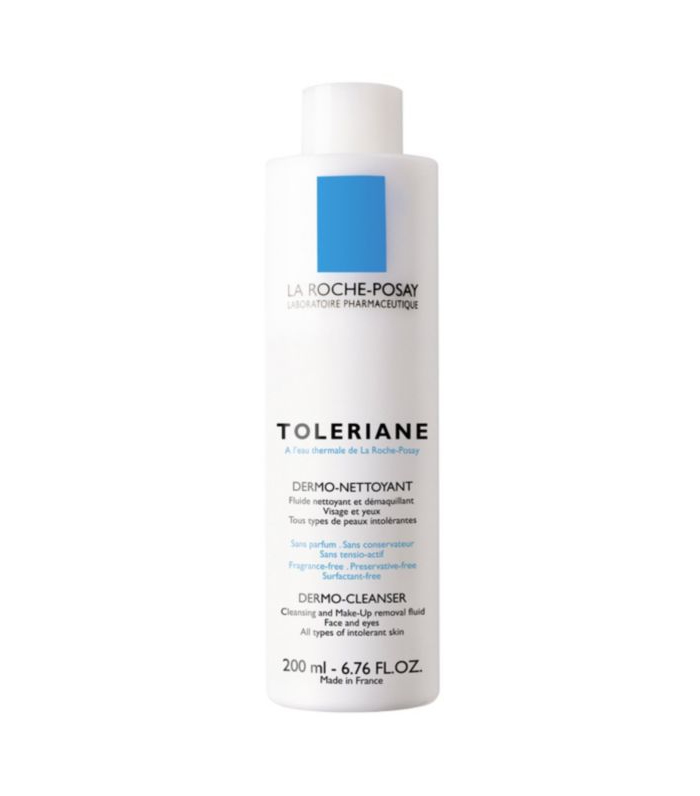
This cream cleanser is able to gently remove dirt, impurities and makeup without messing with the skin's protective barrier and pH levels.
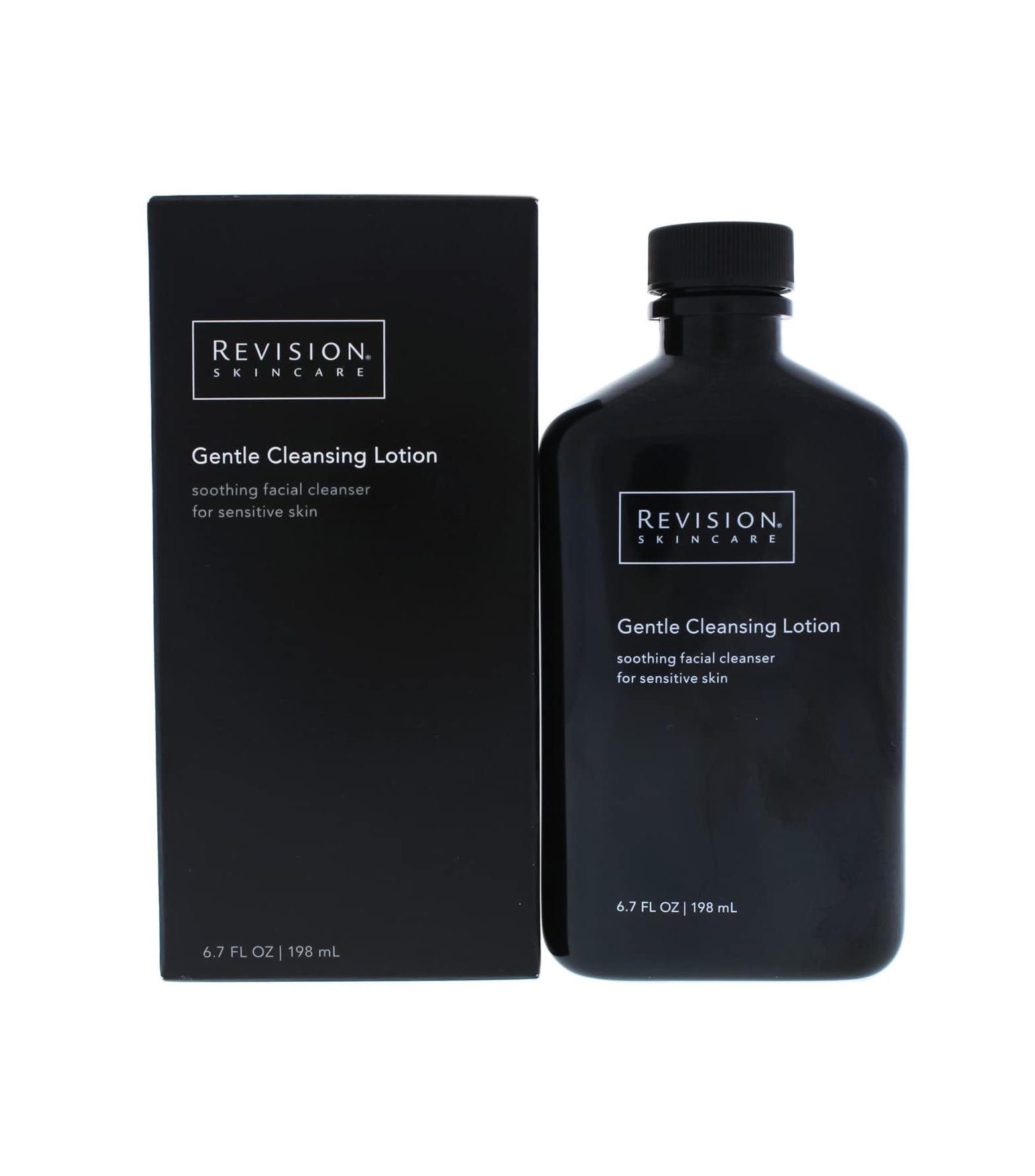
Viscusi says this is a great option for dry skin. "This creamy cleanser removes makeup and dirt without harming the skin's delicate moisture balance, making it ideal for dry or sensitive skin," she adds.
For Sensitive Skin
"If you have sensitive skin, look for cleansers that are fragrance-free and hypoallergenic," Hartman says. "That will minimise the risk for irritation. Sensitive skin can also benefit from moisturising ingredients like hyaluronic acid, ceramides and glycerin."
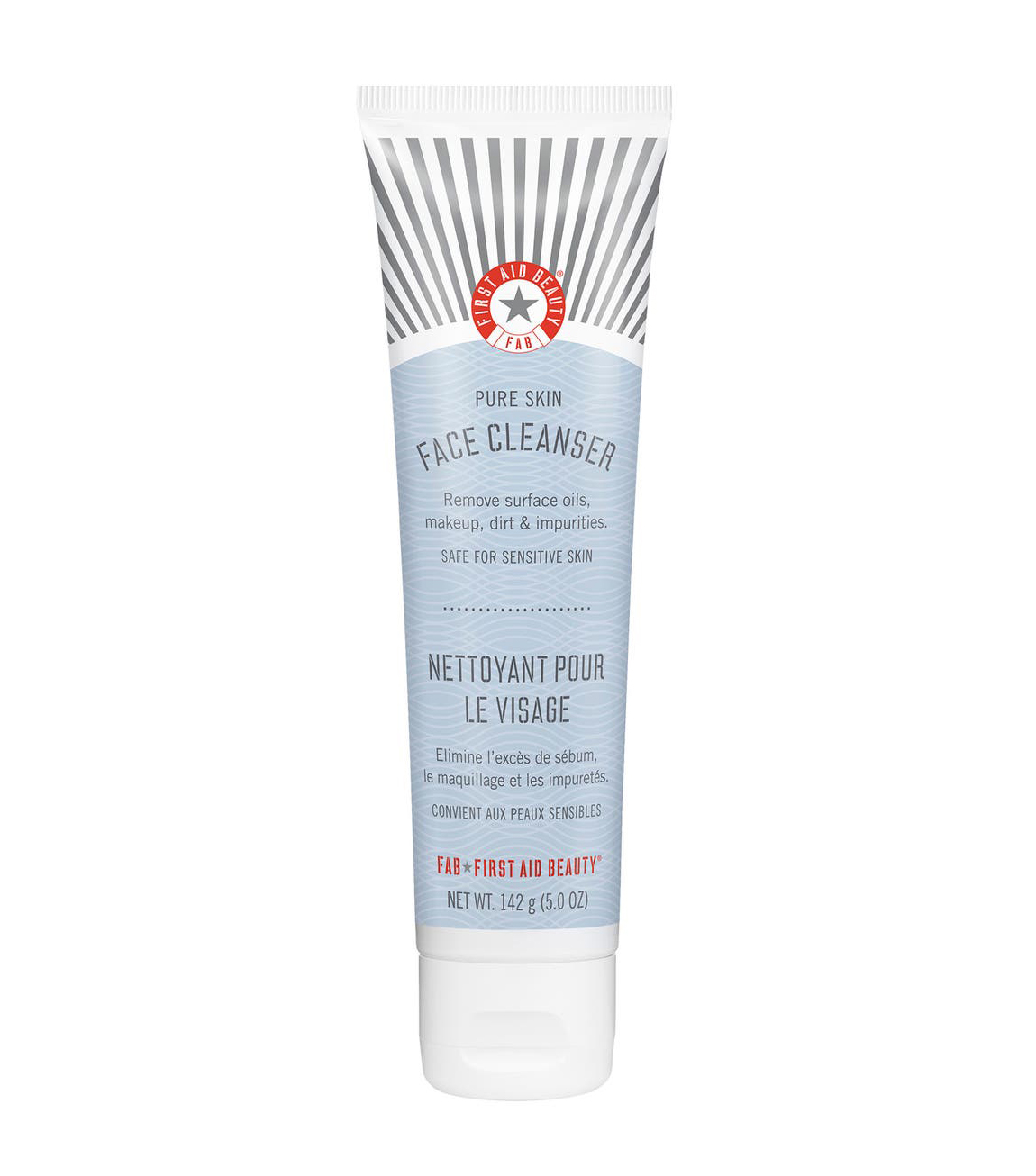
First Aid Beauty's gentle, fragrance-free cleanser has a creamy texture that won't dry out the skin. The formula helps reduce flare-ups and calms irritated skin thanks to an antioxidant blend.
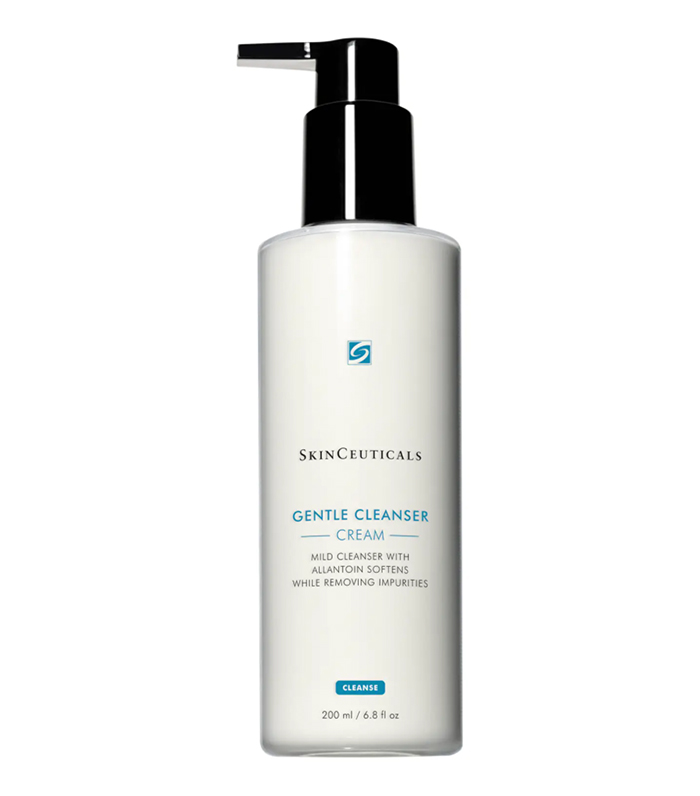
This facial cleanser is specially formulated for sensitive skin types and post-procedure skin. It offers a gentle cleanse but works to restore lost hydration at the same time.
For Mature Skin
Viscusi says those with mature skin should look for gentle, moisturising cleansers because this skin type can sometimes lack hydration.
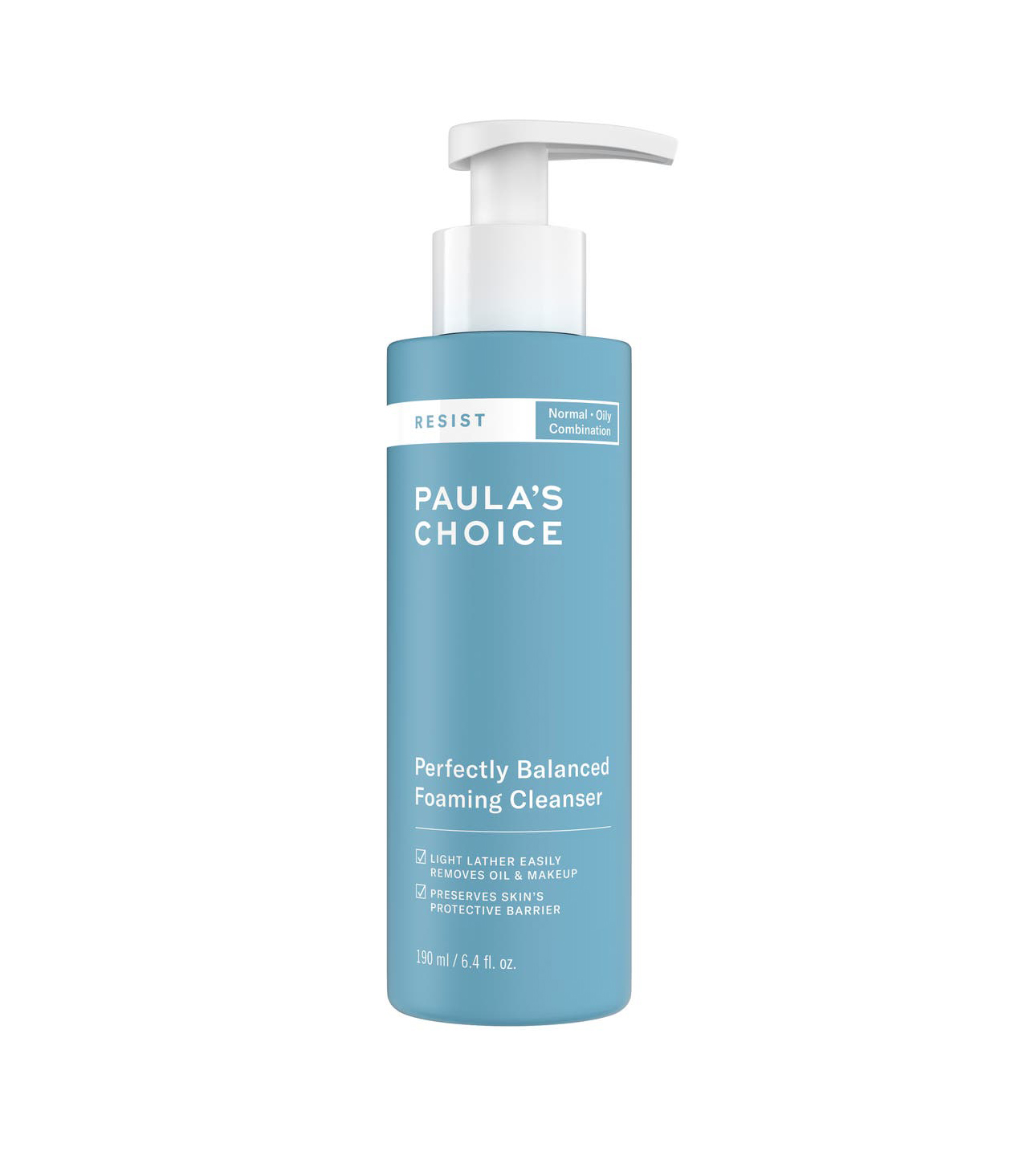
This lightweight foam cleanser has both anti-ageing and pore-reducing benefits. It removes dirt, excess oil and makeup, and it will leave the skin feeling smooth and soft thanks to hyaluronic acid.
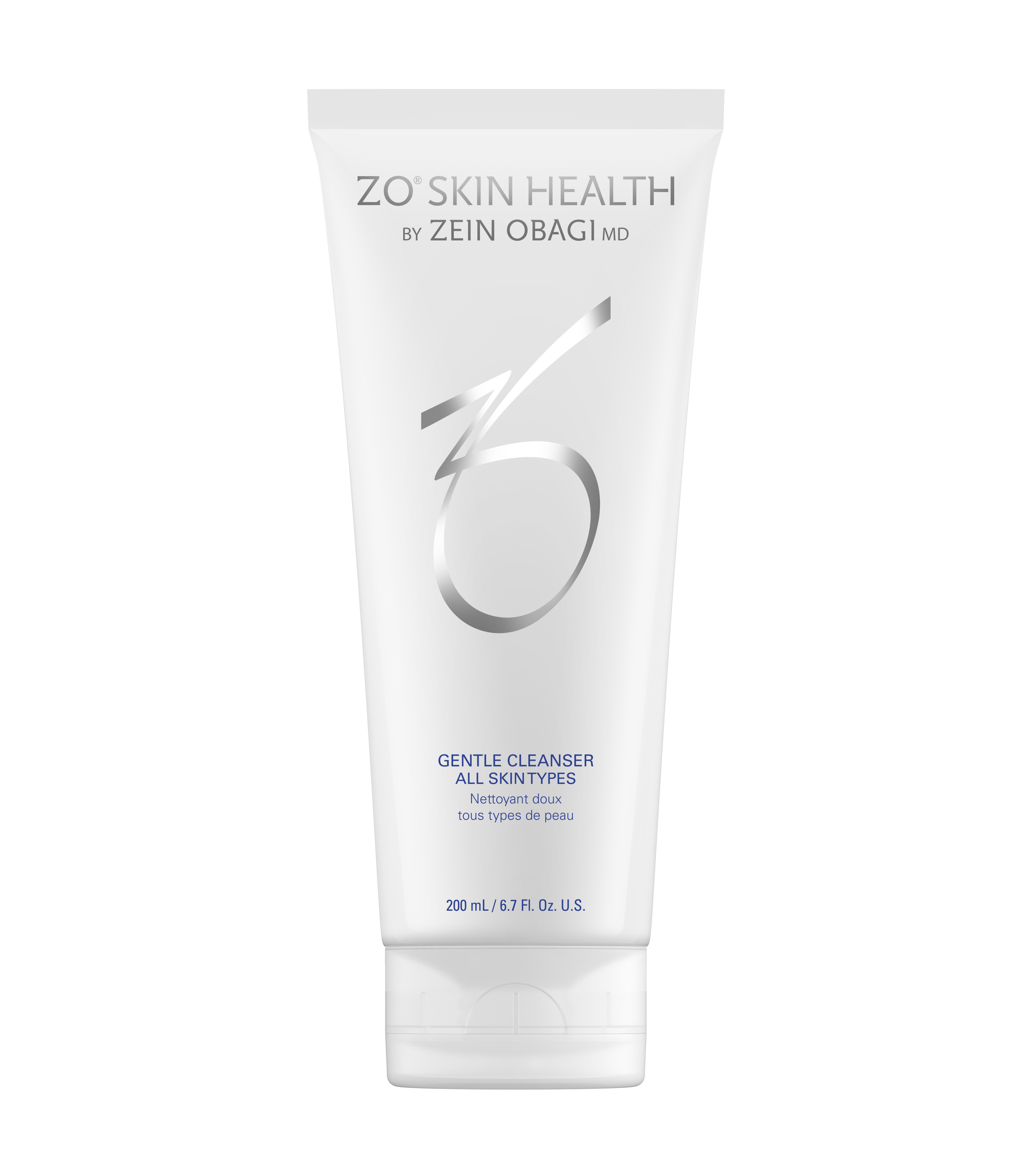
"It contains nourishing amino acids to support the skin-barrier function and prevent post-cleansing dryness," Viscusi says.
Next up, here's what a dermatologist really thinks of these six viral skincare products.
Sarah is lifestyle writer and editor with over 10 years of experience covering health and wellness, interior design, food, beauty, and tech. Born and raised in Los Angeles, she attended New York University and lived in New York for 12 years before returning to L.A. in 2019. In addition to her work at Who What Wear, she held editor roles at Apartment Therapy, Real Simple, House Beautiful, Elle Decor, and The Bump (sister site of The Knot). She has a passion for health and wellness, but she especially loves writing about mental health. Her self-care routine consists of five things: a good workout, “me” time on the regular, an intriguing book/podcast/playlist to unwind after a long day, naps, and decorating her home.
